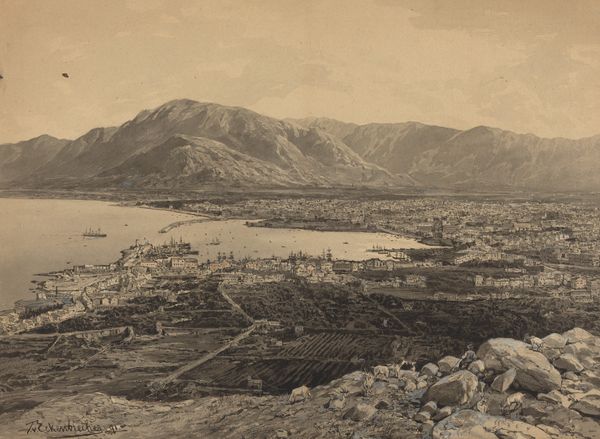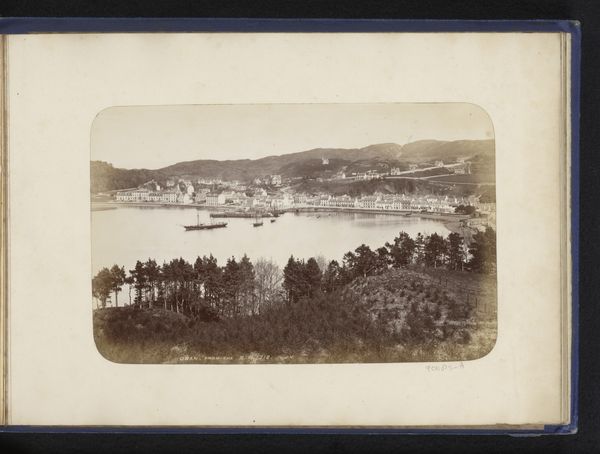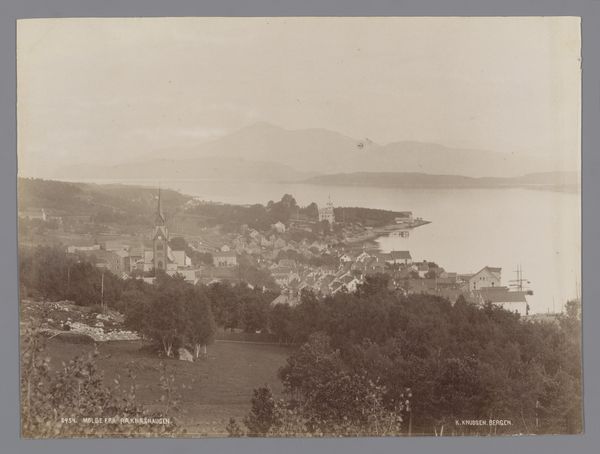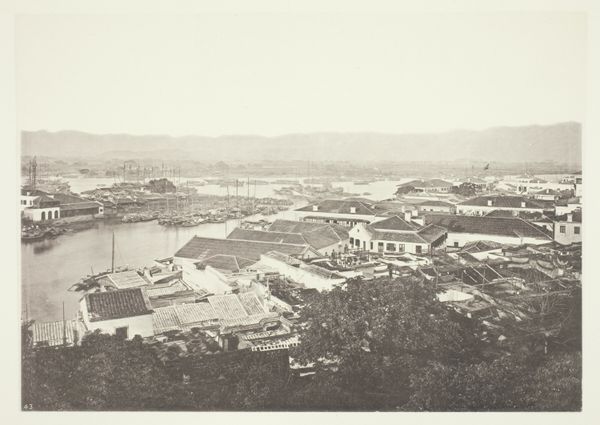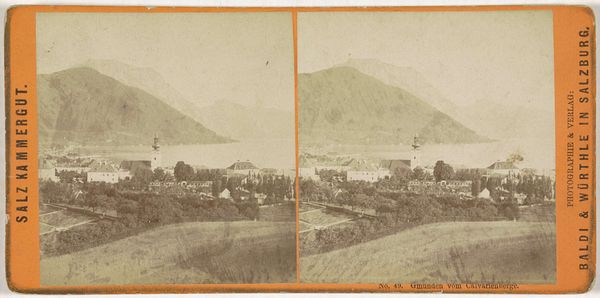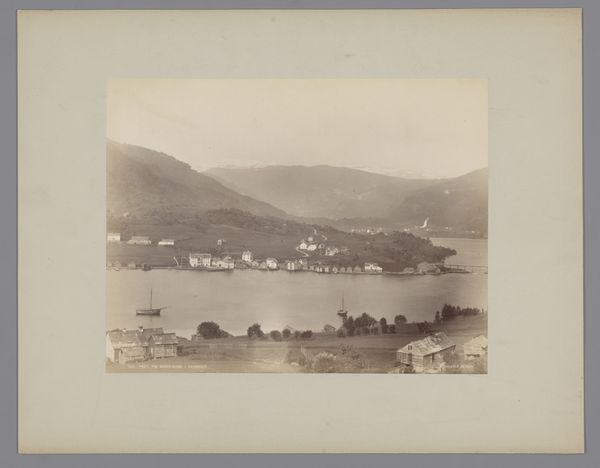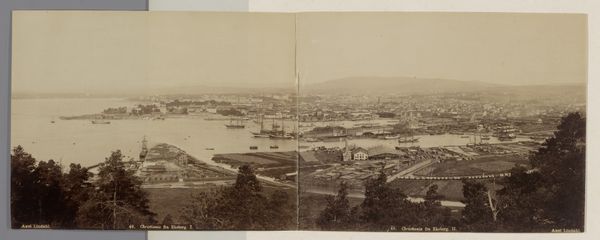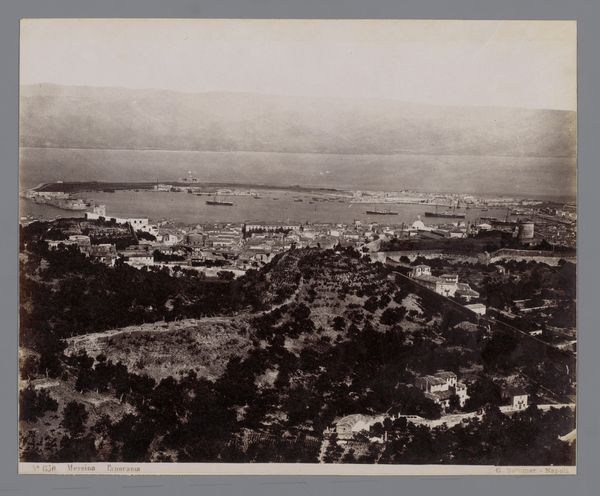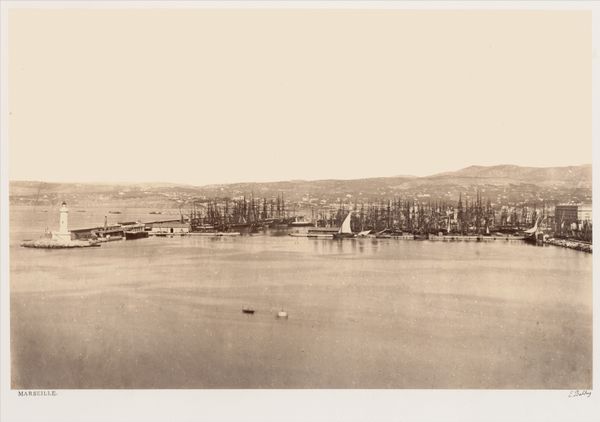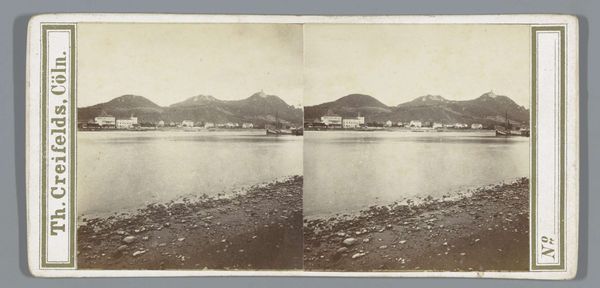
photography
#
pictorialism
#
landscape
#
photography
#
cityscape
Dimensions: height 195 mm, width 247 mm
Copyright: Rijks Museum: Open Domain
Editor: Here we have Giorgio Sommer's photograph, "View of Palermo, Sicily," taken sometime between 1857 and 1914. The soft tones create this sense of vastness, and I'm really struck by how the cityscape almost blends into the natural landscape in the distance. What are your thoughts on the social or cultural context of this image? Curator: That's a keen observation about the merging of city and landscape. Considering this photograph, produced in a period marked by increasing urbanization and the rise of tourism, what do you think it tells us about the photographer's perspective and the intended audience? Editor: I guess it presents Palermo as both modern and timeless? Maybe promoting it as a place of historical significance but also, a desirable destination? Curator: Precisely! Think about the rise of the bourgeoisie at the time. They were increasingly interested in travel and documenting these experiences. Sommer capitalizes on this, offering a romanticized view. Notice the carefully composed vista – the natural framing with the elevated vantage point, the almost painterly quality achieved through the soft focus typical of pictorialism. It elevates the city, doesn't it? This type of imagery served a particular purpose in shaping perceptions and even promoting colonial narratives of exploration and dominion. How do you think the presence or absence of people plays into that? Editor: Hmm, their absence almost turns it into this sort of pristine, untouched scene, further enhancing that romantic idea? I never thought about photography being used in this way, for colonial promotion. Curator: It’s important to remember photography’s role in shaping collective memories and national identity. These photographs were consumed within Europe and beyond, influencing how people imagined distant lands and cultures. Editor: It makes me want to consider who is actually missing from this “panoramic” picture. It certainly puts things in perspective for me. Curator: Indeed. Considering whose stories are told, and whose are left out, is essential to critically viewing this, and all art.
Comments
No comments
Be the first to comment and join the conversation on the ultimate creative platform.


